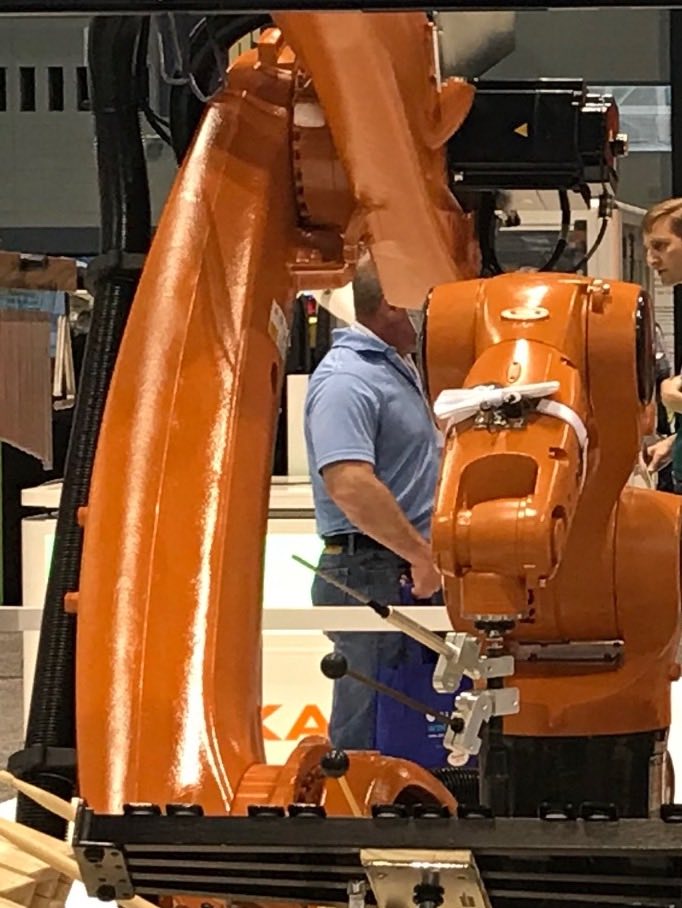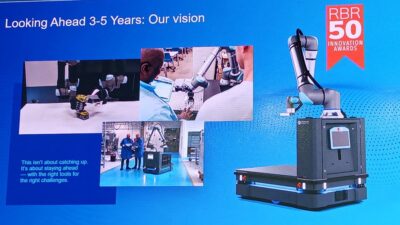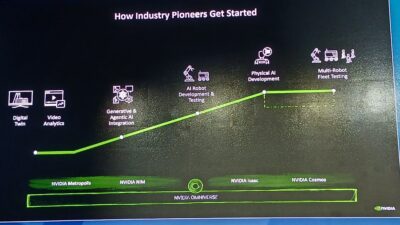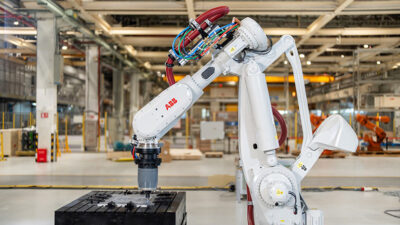Fraunhofer Institute for Photonic Microsystems (IPMS) researchers have been developing and manufacturing micro-scanner mirrors, which provide robots an ability similar to human vision.

Robots must be equipped with sensors and software for three-dimensional vision in order to gain a spatial understanding of and precisely control objects in their environment. A research team at the Fraunhofer Institute for Photonic Microsystems (IPMS) in Dresden has been developing and manufacturing micro-scanner mirrors, which provide robots an ability similar to human vision needed to perceive objects and perform demanding tasks.
Fraunhofer IPMS continues to pursue the approach of a “scanning eye” to support three-dimensional machine vision. For years, the research institute has been developing and manufacturing scanner mirrors used for the targeted deflection of light in applications helpful in manufacturing, the medical field and everyday life. Dr. Jan Grahmann and his development team have had many successful projects with over 50 different component variants.
Current research is focused on design variants for industrial production such as scanner mirrors in automated systems. These mirrors can be installed at the end of a robotic arm, so that the robot is always “aware” of what is happening in its environment, what steps it has to take and the quality of its work.
Dr. Grahmann said, “A scanner mirror module acts as a sort of rastering eye for the robot, which can record high-resolution images in the three spatial axes. Our mirror disperses and detects light from a laser in two dimensions, and simultaneously captures depth as a third dimension by measuring the transit time of light between the object and the detector, also known as LiDAR (Light Detection and Ranging).” Developers are confident that production equipment or vehicles equipped with their scanning technology can gain the reliable understanding of their environment needed in order to interact with objects in it.
Applications for environmental analysis can be further extended by introducing a broadband light source. According to Dr. Grahmann, “Tunable light sources enable completely new applications, as solid, liquid or gaseous substances can be detected by spectral information. Here, it is crucial that a light reflex is locally captured and, in addition, the reflection characteristics of different substances are recorded and analyzed.”
This application can be applied to monitoring pollutants in drinking water and controlling quality in the field of pharmacy, as well as in the remote monitoring of industrial plants to find leakage in pipelines or detect risk of explosion. These developments help facilitate a way of acquiring environmental data to make plants safer and protect personnel from contact with hazardous substances.
Fraunhofer IPMS
Willkommen – Fraunhofer IPMS – Fraunhofer IPMS
– Edited from a Fraunhofer IPMS press release by CFE Media. See more Control Engineering robotics stories.



